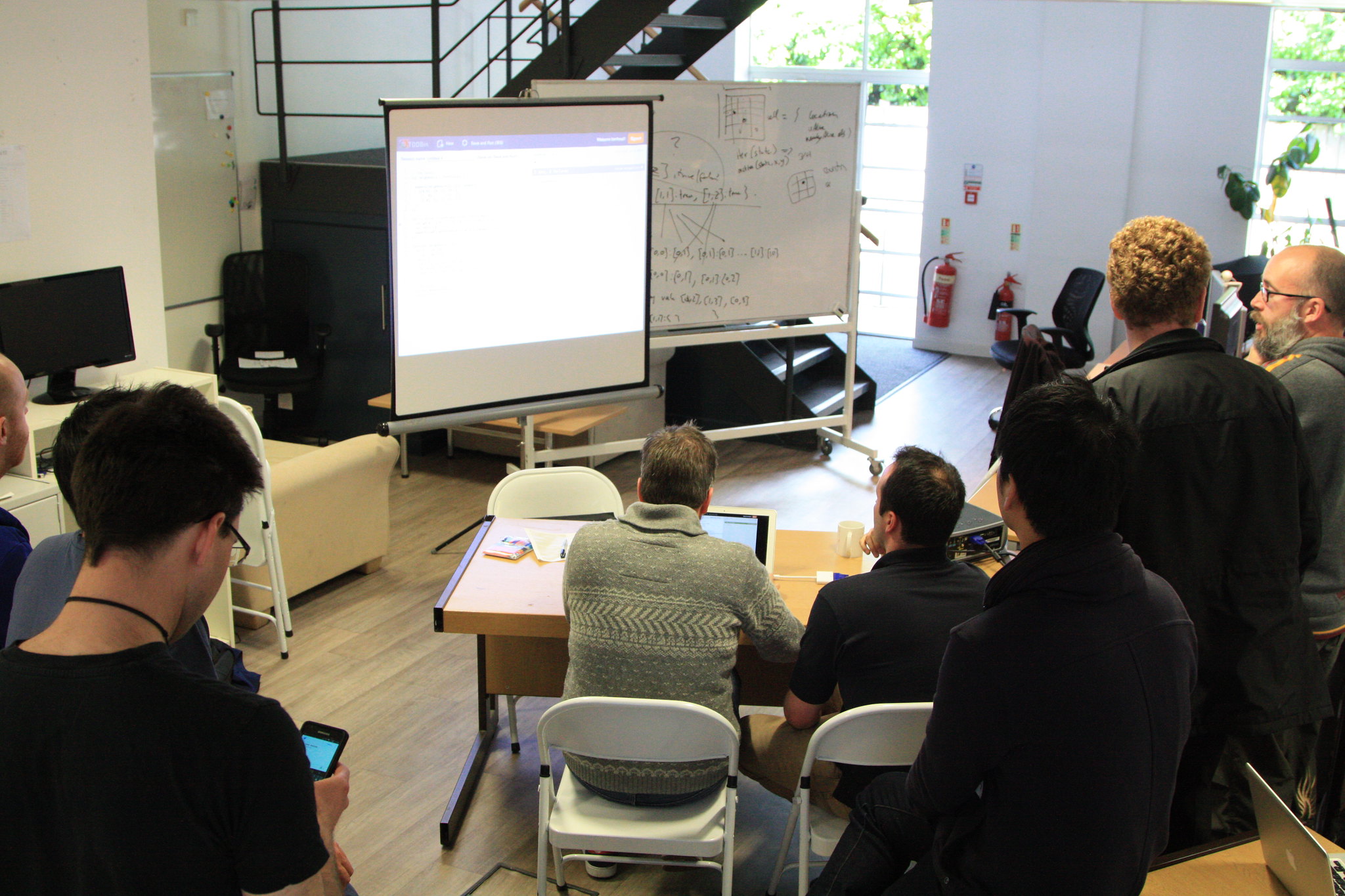October 21st, 2024
Given the gravity of the events that we’ve brought up thus far, you might be thinking that our solution to making our clients better stewards is radical. Maybe something along the lines of the climate-controlling satellites from Geostorm (2017) or shooting silver iodide rockets into tornados like Daisy Edgar-Jones’ character, Kate, in Twisters (2024). While we don’t want to discount people’s enjoyment of these fantasy technologies, Farallon prefers to stay a little bit more grounded when it comes to the real-world challenges our clients face.
What doesn’t change, however, is our commitment to ensuring our heroes have the top-of-the-line technology to address unpredictable threats to the sustainability, integrity, and value of their resources. The Farallon team designed Arches—an open-source, web-based data management application—with stewardship as the primary focus. So, how does Arches enable organizations to be better stewards of their resources?
A Customized Foundation for Your Data
Arches is built using flexible data models as a foundation, which allows organizations to tailor data structures to their project needs. These resource models could categorize archeological sites, historic monuments, or municipal buildings—any resource that needs to be cataloged. Because these models are completely customizable, they can include multiple layers of disparate data types, from semantic data to dates, files, and geospatial data.
Here’s an example from Historic England showing the suite of resources they manage as stewards of London’s cultural heritage. Note how Historic England includes Activities, Digital Objects, Archives, People, Consultations, and other items as resources that need to be actively managed with Arches.

Arches’ data models can seamlessly include geospatial and non-spatial data, allowing you to build sophisticated database representations of your resources. Traditional GIS solutions manage geospatial resource information in one database and non-spatial data in one or more separate databases making it more difficult to access the information you need.
Basically, these data models serve as the databases for categorizing unique resource instances. As far as populating these databases, Arches supports various data entry methods including data entry forms accessible from a website, bulk data uploads, and APIs that support instance creation and updates.
In addition to efficient data entry, users can quickly find data within Arches using the platform’s intuitive term, geospatial, and time-based search capabilities. We’ve spent a lot of time working to make it easy and efficient for people to access relevant data from Arches.
Pairing Organization with Accessibility
The best part about Arches is that it packages these powerful data management tools within an intuitive UI. Whereas traditional GIS solutions require specialized technicians to manipulate the data, Arches is easy to use for experts and newcomers alike. This simplicity in the user interface design gives non-traditional users access to input, manage, and retrieve data efficiently.
But don’t you worry GIS Specialists! Farallon has paid attention to our geospatial brothers and sisters, and we’ve ensured that traditional GIS tools can integrate with Arches—for example, we’ve developed an add-in that allows Esri’s ArcGIS Pro and ArcGIS Enterprise to integrate directly with the Arches platform, allowing detailed geospatial data to be combined with crucial semantic data. By integrating Arches and Esri technology, our ArcGIS Pro add-in supports directly creating or editing an Arches resource from your desktop GIS environment.
Arches encourages collaboration not just between experts and newcomers, but also within a resource management organization via version control and history tracking. Role-based permissions ensure that users can work together while maintaining privacy standards. Additionally, as an open-source platform, the growing international Arches community contributes innovative updates alongside Farallon to improve Arches’ capabilities to address the dynamic challenges that stewards face.
Questions about any of Arches’ capabilities? Talk with the experts to get your questions answered!





